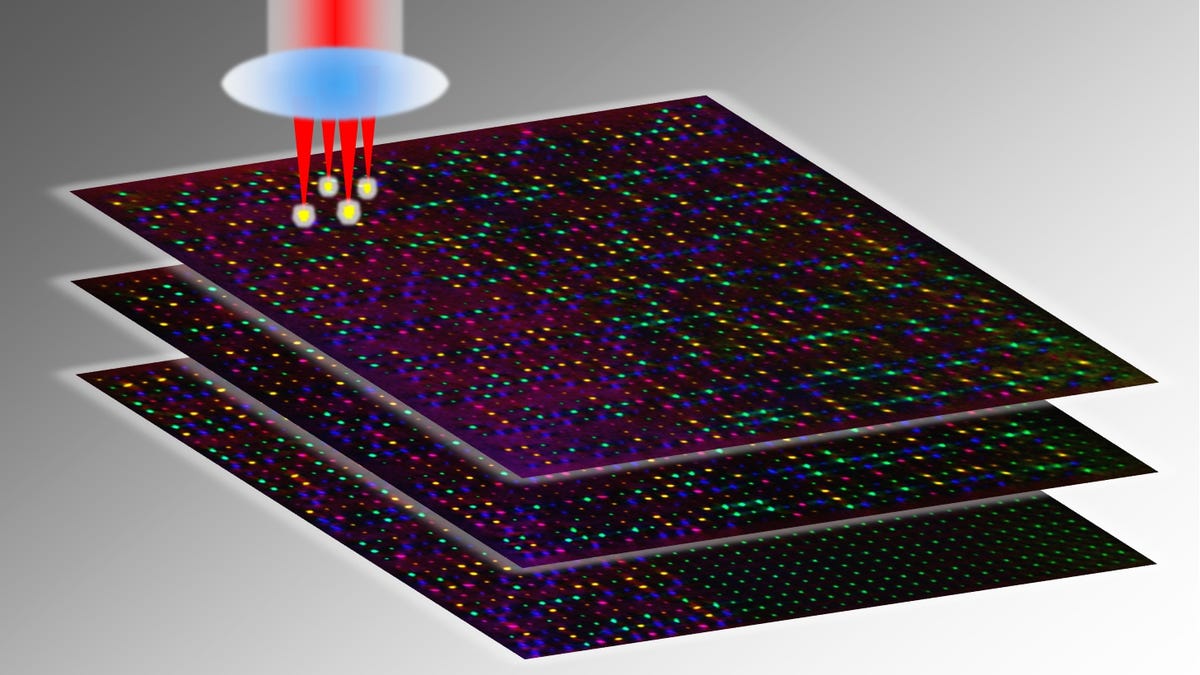China’s 360 TB Glass Data Storage Disk Revolutionizes Digital Archiving and Preservation

Breakthrough Storage: The Rise of the 360 TB Glass Disk from China
An Unprecedented Leap in Data Preservation
Chinese scientists have unveiled a new era in data storage with the creation of a storage device capable of holding 360 terabytes on a single disk. This advancement leverages a cutting-edge approach where high-powered lasers embed information at the nanoscale inside high-purity quartz glass. The capacity dwarfs most current digital media, signaling a dramatic leap in how information can be archived, preserved, and accessed for the long haul.
The core of this innovation lies in what experts call multidimensional glass storage. Using femtosecond laser pulses, data is inscribed deep inside the disk as intricate layers of nanostructures. This highly sophisticated lattice interacts with light in ways that enable the precise interpretation of digital content. The recording process isn’t just about saving more bits per square inch; it introduces an entire dimension of durability and reliability that traditional media haven’t matched.
What sets this method apart is its resilience. Unlike conventional hard drives and writable optical disks that suffer from limited lifespan because of environmental factors, the quartz substrate combined with the stable nanostructures is immune to temperature extremes and physical decay. That gives these disks an expected longevity stretching to geological timescales, offering an answer to the increasingly urgent challenge of digital preservation.
How the Technology Works
To encode digital information, an ultra-fast laser writes data into the glass. It does this by altering the refractive index at multiple levels within the disk, each corresponding to a different data point. The process results in a five-dimensional system where size, orientation, and spatial position of each bit significantly enhance the storage density. The adoption of this 5D arrangement makes it possible to store hundreds of terabytes in a medium physically similar to a DVD or Blu-ray disk, but vastly superior in complexity and capacity.
One of the remarkable characteristics is the thermal stability. The disks can remain unscathed by temperatures up to a thousand degrees Celsius. Data retention is no longer limited to decades or centuries; the projections suggest that information stored this way will remain readable for billions of years under normal conditions—making it an optimal choice for institutions, researchers, and anyone seeking permanent archiving solutions.
However, these disks are not compatible with everyday consumer electronics. Their unique design requires specialized writing and reading equipment, which currently limits their use to specialized data archives and institutions. Standard computer drives cannot process or interpret the layers inscribed in these crystalline structures, positioning the technology primarily for enterprise, government, and scientific archiving rather than casual consumer backup at this stage.
Pioneering Origins and Milestones
Development of this storage architecture builds on years of experiments in photonic data inscription and the manipulation of light within transparent media. Early milestones in glass-based archiving involved storing small files before researchers gradually increased the density through nanoscale engineering. The breakthrough came when teams succeeded in exploiting three-dimensional positioning along with additional variables such as polarization and intensity, transforming raw quartz into a multilayered vault for digital content.
Past implementations managed to stabilize stored data against environmental threats like radiation, magnetic fields, and oxidation—common problems facing traditional storage devices. The aim has always been to balance cost, storage density, and longevity. The latest achievement in China is emblematic of those ambitions realized: a storage medium both affordable and vastly more enduring, ready for global-scale archiving needs and critical legacy documentation.
Technological progress accelerated as scientists worked to refine the laser’s focus and control the formation of each nanostructure. This careful progression culminated in reliable, repeatable processes that now underpin production scaling. As a result, plans are underway to transition from laboratory prototypes to commercial production by the end of the year, closing the gap between experimental promise and scalable reality.
Transformative Potential and Future Outlook
With these quartz-based disks, the information age is poised for a transformation in how temporary versus permanent records are managed. Applications extend from cultural preservation and scientific records to potentially safeguarding personal digital archives for generations—a notion that has galvanized attention across the archivist and technical communities globally.
Industry observers recognize that widespread integration will depend on developing affordable writing and reading devices compatible with these advanced materials. Yet the foundation laid by these disks raises the bar for what’s achievable in secure, high-density information storage and could redefine how institutions consider data longevity.
Looking ahead, as mass production ramps up, the focus will likely shift to building dedicated systems around this technology. Innovations are anticipated in devices capable of handling such density and ensuring retrieval speed that meets modern demands. For now, the emergence of such robust, high-capacity glass disks signals a future where digital heritage, scientific data, and collective knowledge are shielded from decay, time, and disaster.
